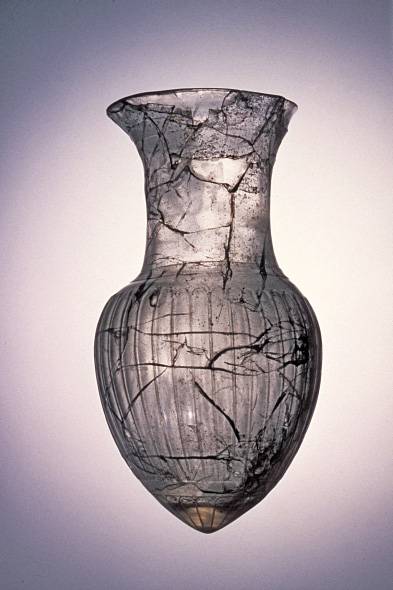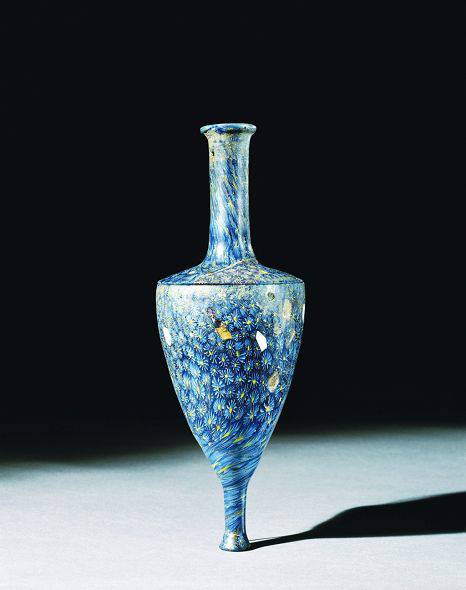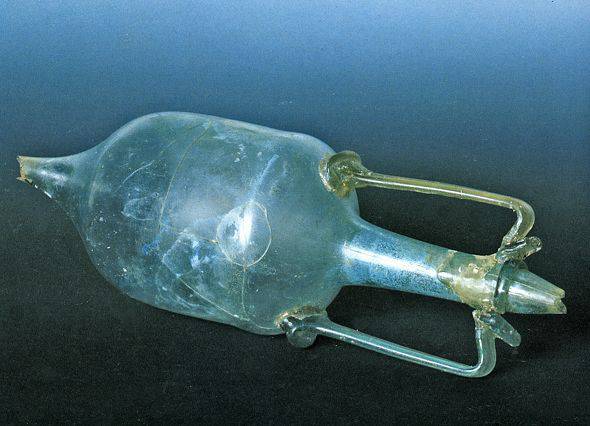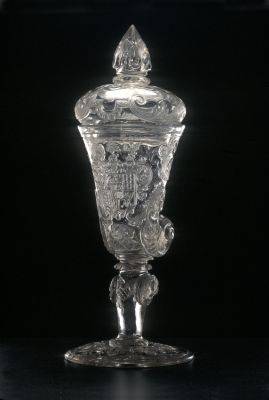The history of glass
The Bronze Age
From the 6th millennium BC, man begins to use obsidian (photo 1), a siliceous rock of volcanic origin, found in abundance on the Eolie islands, Pontine, Pantelleria e Sardinia (Monte Arci) …

The Iron Age
In the 9th century BC, there is a recovery in the production of glass objects. The location of this recovery is the Near East area.

Hellenism
In the Hellenistic period, glass manufacturing undergoes a period of rebirth and flourishing development, coinciding with the widespread commercial renewal of luxury and consumption goods

From The Augustus Era to the Fall of the Roman Empire
The advent of the blowing tecnique, free or combined with the use of moulds, revolutionised the glass industry and allows a wide-scale spread of the glass objects due to the reduction of technical working time

The Middle Ages
After the fall of the Western Roman Empire the art of glassmaking underwent a decline in Europe, while in the Byzantine Empire and various regions of the near and far East, important glassmaking traditions were developed.
The Renaissance
The renaissance in the glass field began in the middle of the 15th century in Venice with the invention of crystal by the artisan Angelo Barovier from Murano of crystal, an uncoloured and …
The Baroque Period
The Venetian glass style was enormously successful in all of the 17th century and emigration of glassworkers from Murano continued on a massive scale as did the fortune of the façon de …
The 19th Century
The 19th century saw the presence of various styles, the Imperial style, Biedermeier, Revivals, Art Nouveau in the glass sector too, with varying fortune of the traditional European …
